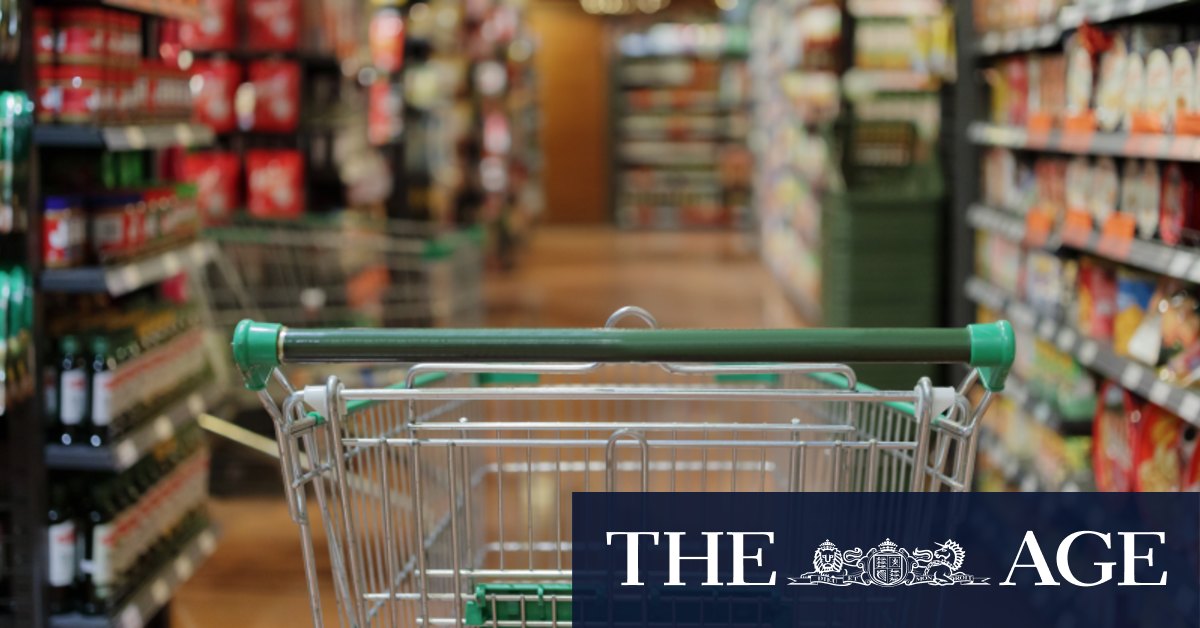Barden said another factor was that labor and skill shortages in everything from horticulture to manufacturing were putting upward pressure on wages.
Barden said prices would likely rise again in the June quarter as costs continued to rise and not all of that was passed on to the customer.
“Pandemic shopping, or bulk shopping, was especially popular during the shutdowns.”
Trent Rigby, Retail Analyst
“This is the most complicated and unprecedented set of cost drivers the industry has ever faced,” Barden said.
“When I look at the last decade, we have seen that input costs have increased by 50% over the decade and wholesale prices have only increased by 25%.
“So manufacturing companies were already absorbing a lot of costs, and now they’ve reached a tipping point where they really need to be able to pass on some of it to stay viable.”
A nationally representative survey of 1,005 Australians found nearly two in three are worried about rising food and grocery prices. The survey, commissioned by comparison site Savvy, found that 48% of people planned to buy fewer groceries as a result, and 56% planned to switch to cheaper brands.
Retail analyst Trent Rigby, co-director of consultancy Retail Oasis, said: “Inflationary pressures on supermarkets are among the worst we have ever seen, and this is probably just the start.”
Rigby predicted that supermarkets would respond by doing fewer special prices or discounts, and instead offer cheaper alternatives such as private label and private label products, and bulk products which are cheaper due to the economies of scale.
Coles took inspiration from Costco’s playbook and markets a range of 44 oversized items. For example, customers can now buy Bega peanut butter in a 2 kilogram tub for a 48% savings and Milo in a 1.32 kilogram box for a 46% savings.
Costco charges an annual subscription that allows customers to make purchases, and it offers around 37,000 different product lines with a specialty in bulk sizes. It’s still relatively new to Australia, with just 13 stores.
Rigby said the Coles range was limited, and likely a way to test the concept, but the COVID-19 pandemic had made consumers more comfortable with buying in bulk.
Loading
“Pandemic shopping, or bulk shopping, was especially popular during shutdowns,” Rigby said. “On average, they say it takes 66 days for a new behavior to become a habit. In Sydney last year we spent 107 days in lockdown, or 29% of the year, and in Melbourne it was even longer: 124 days, or 34% of the year.
However, he said a Coles supermarket could not stock as wide a range of bulk items as a warehouse-sized Costco, so the move could backfire by giving customers the desire to buy in bulk, which they then satisfy elsewhere.




